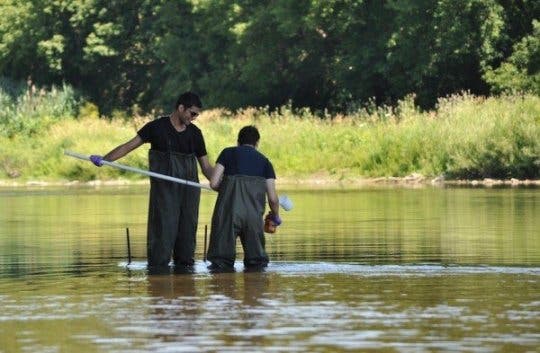Both prescription and illegal drugs such as morphine, cocaine and oxycodone have been found in surface waters in Canadian rivers. New research shows that wastewater discharged from wastewater treatment plants in the Grand River watershed of southern Ontario has the potential to contaminate sources of drinking water with these drugs.
The study, published in Environmental Toxicology & Chemistry, shows that while such substances are found in relatively limited quantities, their concentrations remained constant downstream from the source – a water treatment plant discharge.
The water treatment plant removes the bulk of contaminants from wastewater coming from a wide range of sources, be it households or chemical plants, before discharging it into the river. Further down, a drinking water treatment plant then further treats the water prior to consumption.
“Improving our wastewater treatment processes can help clean up our drinking water,” said lead author Prof. Viviane Yargeau, of McGill’s Department of Chemical Engineering. “While previous studies have shown that there are trace elements of various chemicals that remain in our drinking water, what is novel about this research is that we looked at the chemicals that are found in the water course between the wastewater treatment plant and the drinking water treatment plant. And what we found has some disturbing implications for the aquatic environment.”
“These results demonstrated a link between wastewater plant discharges and quality of potable water sources,” he added. “Although drinking water treatment plants remove most of the contaminants found in our drinking water, we believe that if improvements are made to wastewater treatment plants to protect the sources of drinking water, this will prove a more effective way of dealing with the problem in the long run — as this strategy would also protect the aquatic environment and all the plants, insects and fish that are found there.”
The next stage in Prof. Yargeau’s research will be a five-year project to look into how improvements of wastewater treatment and natural processes along rivers impact the presence of contaminants of concern in our drinking water.










